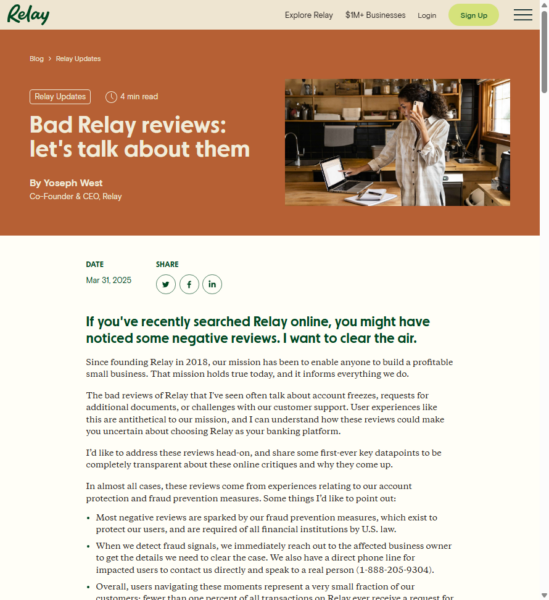We typically "start" cases by sending a demand letter. The content and tone of the response helps predict whether the case can be settled or it will be necessary to file suit.
When an insurer offers to settle for medical expenses and a token amount for pain and suffering (also known as general damages) it makes sense to file suit.
Initiating a lawsuit generates both rights and responibilities. For instance, once a lawsuit is filed, the injured person can find out how much insurance coverage the at-fault driver carried. But by the same token, the at-fault driver can now request and obtain the injured person’s medical records (not just related to the injury at issue, but for a period of five or even ten years).
Frequently new adjusters are assigned after suit is filed. Sometimes if negotiations hit a dead-end with the original adjuster, it makes sense to file suit to see if a new adjuster is assigned.
The abiliity and willingness to file suit is an essential "tool" in the context of resolving personal injury claims. It’s important that both you and your attorney are committed to the process. Otherwise you may not receive full value for your claims.

The Legal Examiner and our Affiliate Network strive to be the place you look to for news, context, and more, wherever your life intersects with the law.










Comments for this article are closed.